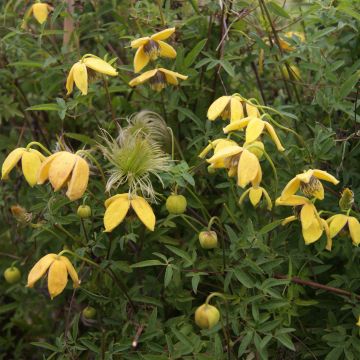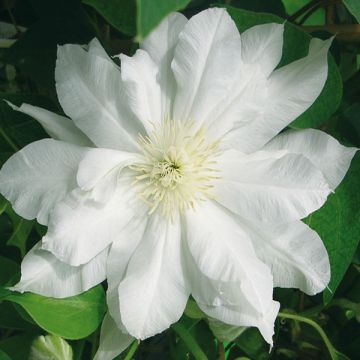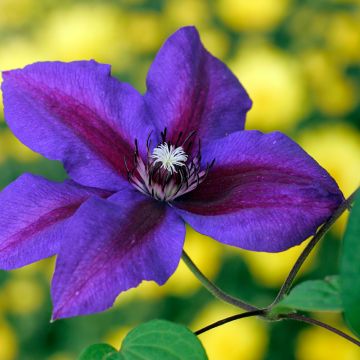

Clematis patens Proteus
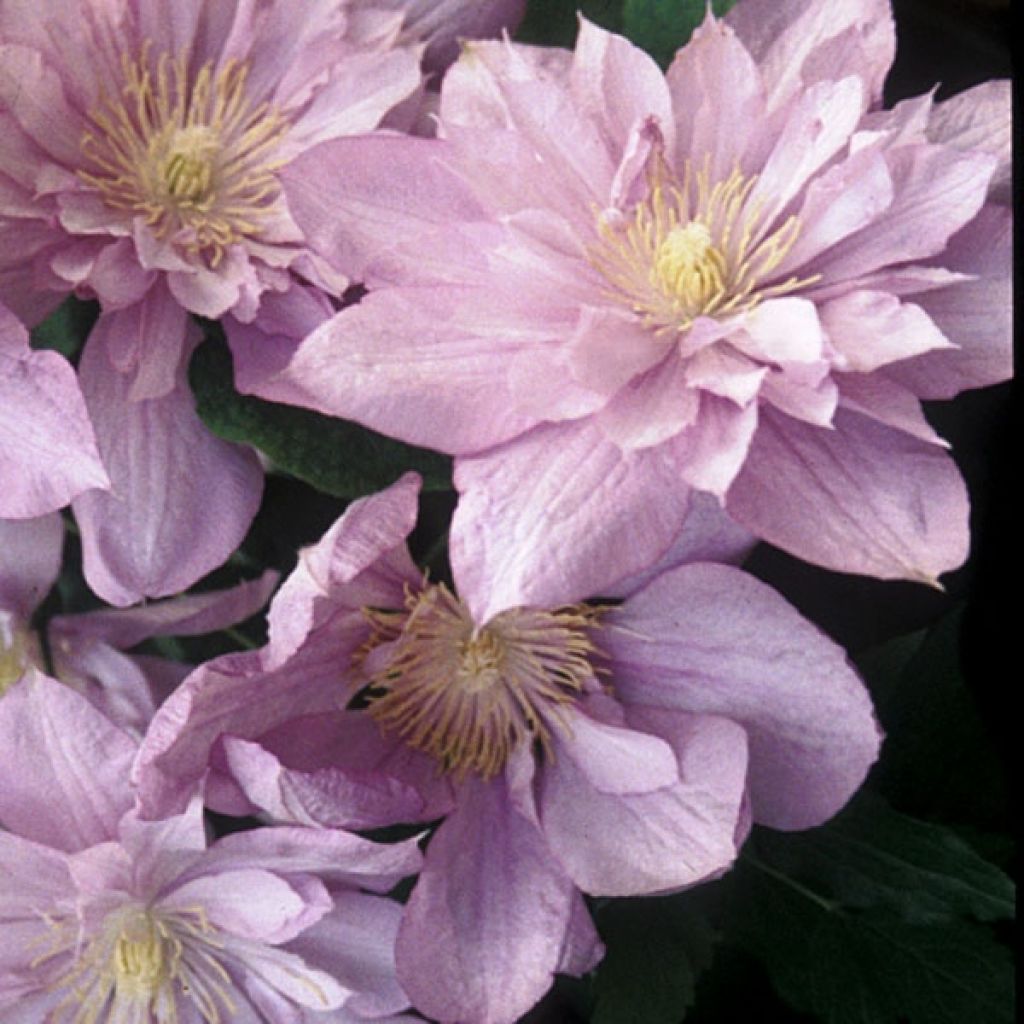

Clematis patens Proteus


Clematis patens Proteus


Clematis patens Proteus
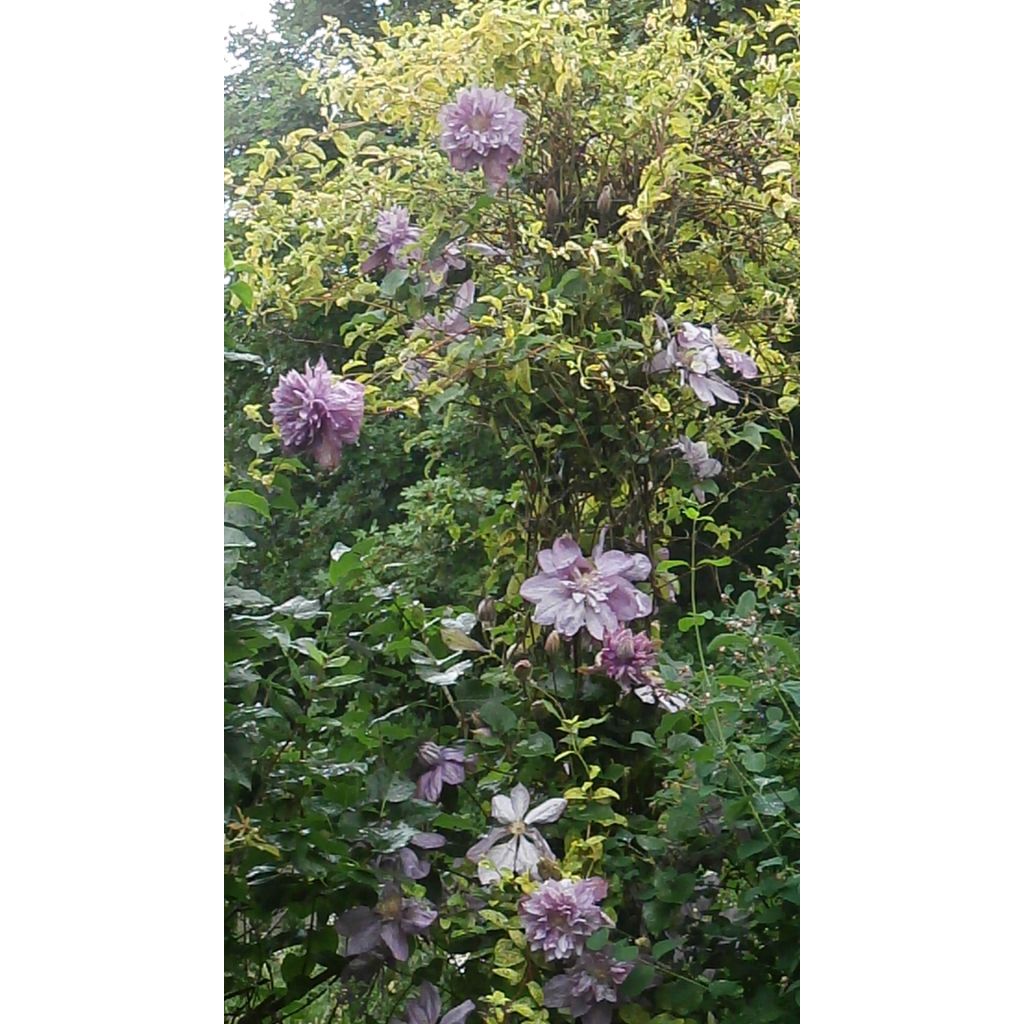

Clematis patens Proteus
View more pictures
Hide images

Thierry P.

May flowering - image 4 - The flower is impressive.
Thierry P. • 84 FR

Thierry P.

N/A
Thierry P. • 84 FR

Thierry P.

May flowering - image 2
Thierry P. • 84 FR

Thierry P.

May flowering - picture 1 - The flowers are large.
Thierry P. • 84 FR
Clematis patens Proteus
Clematis patens Proteus
Early Large-flowered Clematis
The young plant is so small in the packet that it's impossible to give an objective review until it shows its vigour! However, there isn't enough soil in the pot.
claire, 10/05/2024
Special offer!
Receive a €20 voucher for any order over €90 (excluding delivery costs, credit notes, and plastic-free options)!
1- Add your favorite plants to your cart.
2- Once you have reached €90, confirm your order (you can even choose the delivery date!).
3- As soon as your order is shipped, you will receive an email containing your voucher code, valid for 3 months (90 days).
Your voucher is unique and can only be used once, for any order with a minimum value of €20, excluding delivery costs.
Can be combined with other current offers, non-divisible and non-refundable.
Home or relay delivery (depending on size and destination)
Schedule delivery date,
and select date in basket
This plant carries a 6 months recovery warranty
More information
We guarantee the quality of our plants for a full growing cycle, and will replace at our expense any plant that fails to recover under normal climatic and planting conditions.
Would this plant suit my garden?
Set up your Plantfit profile →
Description
The 'Proteus' clematis is a superb vigorous climber. At the end of spring, it produces large, very double flowers in a lilac pink colour, reaching up to 15 cm (6in) in diameter. Luxuriant and generous, it will bring elegance and refinement to your terrace when planted in a large pot, but also at the base of an arch, or even winding around a large bush. Offer it a rich, moist and well-drained substrate, in full sun or partial shade.
The 'Proteus' clematis belongs to the large botanical family of Ranunculaceae - which includes ornamentals as varied as aconites, anemones, and buttercups. Clematis have been of interest to flower enthusiasts for centuries, and nurseries have therefore worked on creating increasingly opulent crossbreeds. 'Proteus' is a variety obtained from the botanical species Clematis patens, which is native to Japan. Of medium size, about 2 to 3 metres (7 to 10 feet) tall, it has large trifoliate leaves, meaning they are deeply lobed. Like the majority of climbing clematis, it clings to its support thanks to petioles transformed into tendrils. In clematis, what are called petals are actually made up of sepals.
'Proteus' clematis is an English hybrid, obtained in 1876 by the nurseryman Charles Noble in the United Kingdom. Very floriferous, it bears a large number of 15 cm (6in) diameter flowers between May and June, remaining beautiful for a long time. Very double-petalled, they have delicate pink petals, slightly washed with lilac mauve. The centre of the flower opens very gradually in a succession of slightly wrinkled petals, until revealing the charming creamy yellow heart. If the weather is mild, the flowering is often recurrent in September.
Cultivating 'Proteus' clematis is rather easy: give it a deep, fairly rich, soft, moist but well-drained soil. The only disease that is truly formidable for this clematis is wilt disease, which appears when there is excessive moisture at the base. It is characterised by leaves that suddenly wilt. For most clematis, remember to follow the motto "head in the sun, feet in the shade": if relatively significant sunlight is necessary for good flowering, it is preferable to protect the base from intense sunlight, for example by placing a tile on top. It is also recommended to plant the stump horizontally, in order to stimulate the growth of several buds from the base of the plant. Every year, at the end of winter, you can prune every other stem between 30 and 50 cm (12 and 20in) from the ground, in order to regenerate the wood, branch out the plant, and increase flowering. Take this opportunity to remove dead wood.
For a successful setting, provide the clematis with a suitable support: in a pot, at least 25 cm (10in) wide and as deep as possible, a small trellis may suffice. In the garden, a pergola, with the Himalayan geranium at its base, or an arch accompanied by the Alpine clematis with a more wild charm, or even a large bush like the Dipelta ventricosa, will be excellent supports to showcase it. It can also be allowed to run along the ground, emerging happily amidst perennials.
Report an error about the product description
Clematis patens Proteus in pictures
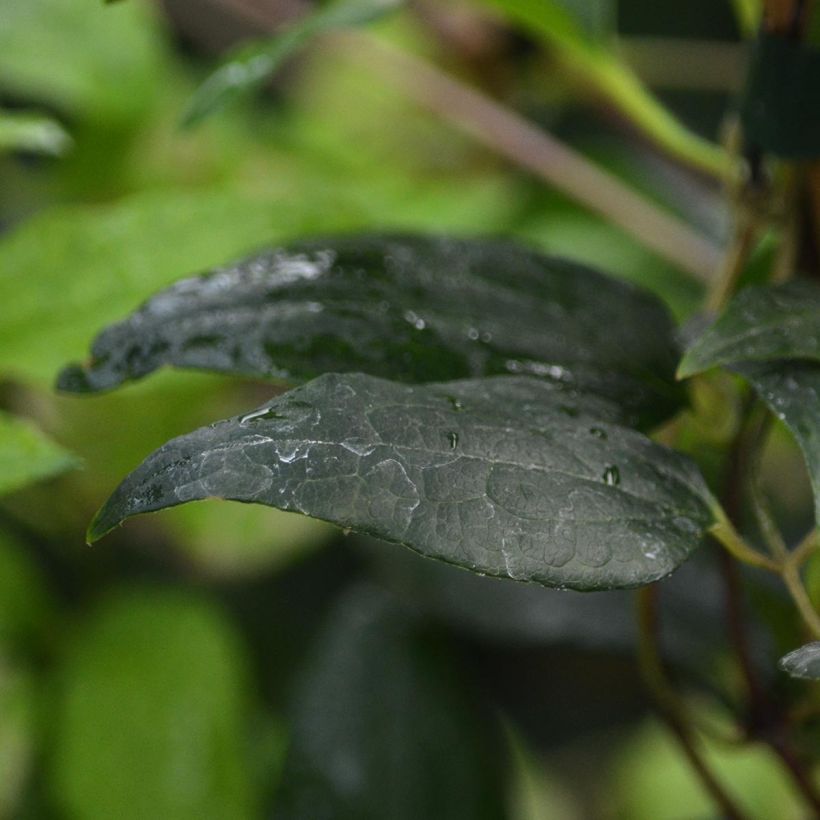

Plant habit
Flowering
Foliage
Botanical data
Clematis
patens
Proteus
Ranunculaceae
Early Large-flowered Clematis
Cultivar or hybrid
Other Clematis A to Z
View all →Planting and care
Place the 'Proteus' Clematis in a shady spot to keep it cool, using a mulch made of garden compost or well-rotted manure in February, while avoiding contact with the stem. This will limit the risk of wilting and allow new vigorous shoots to emerge from the stump. You can also keep the base cool with a ground cover plant like a perennial geranium. Place the head of the Clematis in the sun. Plant it by covering the root ball by 3 cm (1in), in soil that has been worked to a depth of 20 cm (8in) and enriched with good quality compost. The enemy of the Clematis is excess water, so it should be watered regularly but sparingly, and not directly on the base. Clematis plants cling on their own thanks to their tendrils. To promote their growth, provide them with a trellis support or let them dress the trunk of a tree by placing a wire mesh around it. Clematis also enjoy growing freely on neighboring plants.
Planting period
Intended location
Care
-
, onOrder confirmed
Reply from on Promesse de fleurs
Similar products
Haven't found what you were looking for?
Hardiness is the lowest winter temperature a plant can endure without suffering serious damage or even dying. However, hardiness is affected by location (a sheltered area, such as a patio), protection (winter cover) and soil type (hardiness is improved by well-drained soil).

Photo Sharing Terms & Conditions
In order to encourage gardeners to interact and share their experiences, Promesse de fleurs offers various media enabling content to be uploaded onto its Site - in particular via the ‘Photo sharing’ module.
The User agrees to refrain from:
- Posting any content that is illegal, prejudicial, insulting, racist, inciteful to hatred, revisionist, contrary to public decency, that infringes on privacy or on the privacy rights of third parties, in particular the publicity rights of persons and goods, intellectual property rights, or the right to privacy.
- Submitting content on behalf of a third party;
- Impersonate the identity of a third party and/or publish any personal information about a third party;
In general, the User undertakes to refrain from any unethical behaviour.
All Content (in particular text, comments, files, images, photos, videos, creative works, etc.), which may be subject to property or intellectual property rights, image or other private rights, shall remain the property of the User, subject to the limited rights granted by the terms of the licence granted by Promesse de fleurs as stated below. Users are at liberty to publish or not to publish such Content on the Site, notably via the ‘Photo Sharing’ facility, and accept that this Content shall be made public and freely accessible, notably on the Internet.
Users further acknowledge, undertake to have ,and guarantee that they hold all necessary rights and permissions to publish such material on the Site, in particular with regard to the legislation in force pertaining to any privacy, property, intellectual property, image, or contractual rights, or rights of any other nature. By publishing such Content on the Site, Users acknowledge accepting full liability as publishers of the Content within the meaning of the law, and grant Promesse de fleurs, free of charge, an inclusive, worldwide licence for the said Content for the entire duration of its publication, including all reproduction, representation, up/downloading, displaying, performing, transmission, and storage rights.
Users also grant permission for their name to be linked to the Content and accept that this link may not always be made available.
By engaging in posting material, Users consent to their Content becoming automatically accessible on the Internet, in particular on other sites and/or blogs and/or web pages of the Promesse de fleurs site, including in particular social pages and the Promesse de fleurs catalogue.
Users may secure the removal of entrusted content free of charge by issuing a simple request via our contact form.
The flowering period indicated on our website applies to countries and regions located in USDA zone 8 (France, the United Kingdom, Ireland, the Netherlands, etc.)
It will vary according to where you live:
- In zones 9 to 10 (Italy, Spain, Greece, etc.), flowering will occur about 2 to 4 weeks earlier.
- In zones 6 to 7 (Germany, Poland, Slovenia, and lower mountainous regions), flowering will be delayed by 2 to 3 weeks.
- In zone 5 (Central Europe, Scandinavia), blooming will be delayed by 3 to 5 weeks.
In temperate climates, pruning of spring-flowering shrubs (forsythia, spireas, etc.) should be done just after flowering.
Pruning of summer-flowering shrubs (Indian Lilac, Perovskia, etc.) can be done in winter or spring.
In cold regions as well as with frost-sensitive plants, avoid pruning too early when severe frosts may still occur.
The planting period indicated on our website applies to countries and regions located in USDA zone 8 (France, United Kingdom, Ireland, Netherlands).
It will vary according to where you live:
- In Mediterranean zones (Marseille, Madrid, Milan, etc.), autumn and winter are the best planting periods.
- In continental zones (Strasbourg, Munich, Vienna, etc.), delay planting by 2 to 3 weeks in spring and bring it forward by 2 to 4 weeks in autumn.
- In mountainous regions (the Alps, Pyrenees, Carpathians, etc.), it is best to plant in late spring (May-June) or late summer (August-September).
The harvesting period indicated on our website applies to countries and regions in USDA zone 8 (France, England, Ireland, the Netherlands).
In colder areas (Scandinavia, Poland, Austria...) fruit and vegetable harvests are likely to be delayed by 3-4 weeks.
In warmer areas (Italy, Spain, Greece, etc.), harvesting will probably take place earlier, depending on weather conditions.
The sowing periods indicated on our website apply to countries and regions within USDA Zone 8 (France, UK, Ireland, Netherlands).
In colder areas (Scandinavia, Poland, Austria...), delay any outdoor sowing by 3-4 weeks, or sow under glass.
In warmer climes (Italy, Spain, Greece, etc.), bring outdoor sowing forward by a few weeks.
































